Apple iPad Air (2022) review: the best affordable tablet you can buy
The iPad Air 5 delivers the power of a MacBook Pro in a stylish frame and with user-friendly software

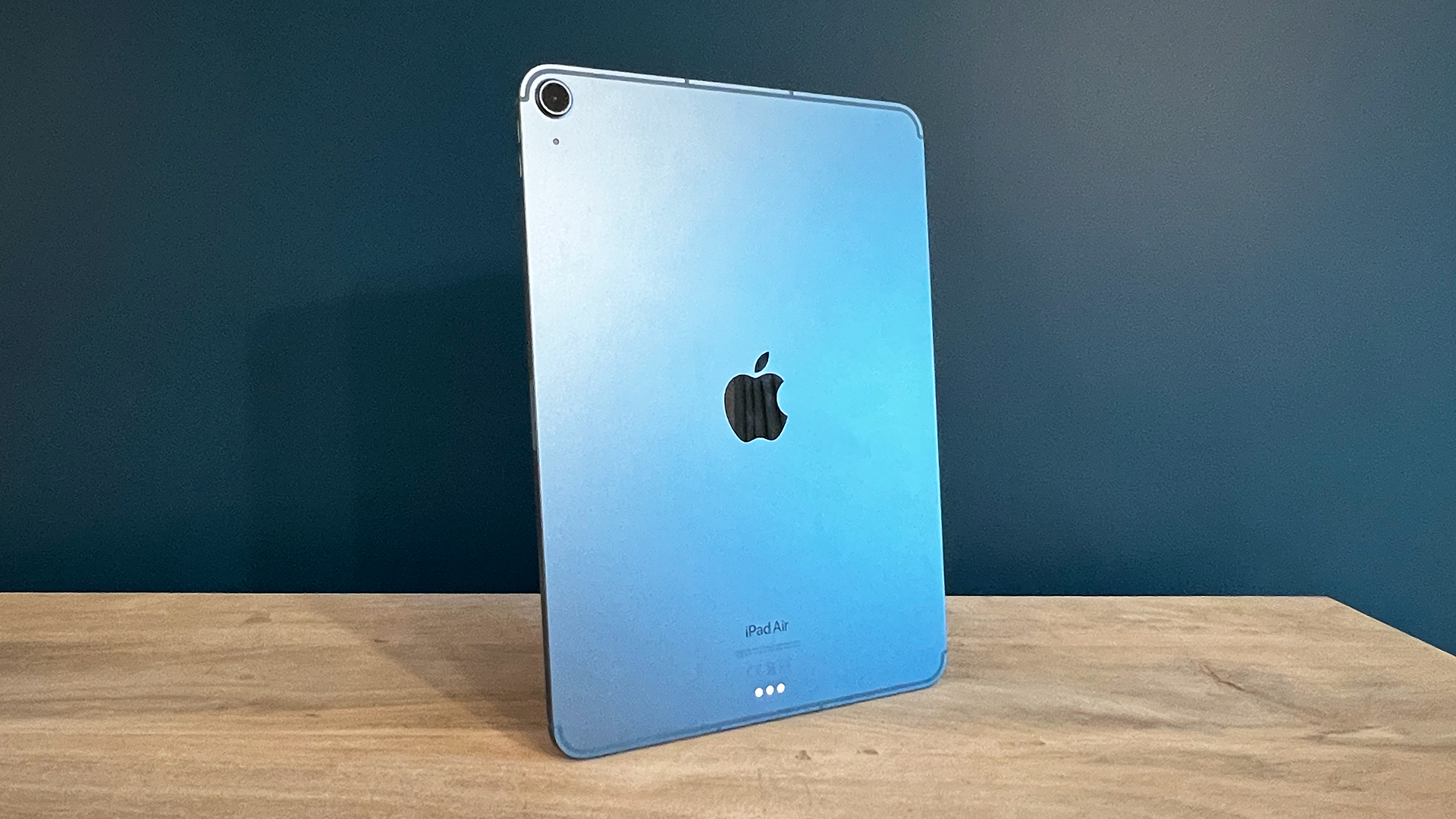
The iPad Air (2022) gives you a great screen, ridiculous amounts of power, a cool and sleek design, and useful extra features. iPadOS is user friendly and packed with apps to take advantage of it, though is also still the thing that stops it reach its full potential as a work tablet.
-
+
Astounding M1 chip
-
+
Great 10.9-inch screen
-
+
Wealth of tablet-optimised apps
-
+
Gorgeous design and colours
-
+
5G option
-
-
iPadOS can limit creative work
-
-
60Hz screen
-
-
Middling camera
-
-
Average battery life
Why you can trust T3

In this iPad Air (2022) review, we're looking at the new version of Apple's mid-range tablet. The changes this year aren't drastic, but they don't need to be – this already felt like a modern tablet, just in need of a few tweaks to elements like the cameras to update it.
But Apple's didn't just give the iPad Air 5th Gen these small tweaks. It also strapped a jet engine to it in the form of the Apple M1 chip, which already powered the iPad Pro 12.9-inch (2021). It means that this small, affordable tablet has as much power as some high-end laptops…
The end result is absolutely one of the best tablets available today – arguably the best overall for most people, combining price and features. Its combination of cool design, portability and tons of capability when needed makes it absolutely one of the best tablets for students too.
There are things I'd like to see Apple improve still, but none of them is a major issue – this is absolutely the tablet I'd buy today, and it's future-proofed enough to be an excellent buy that will last you for years.
iPad Air (2022) review: Price & release date
The new iPad Air is released on March 18th 2022. It starts from £569/$599/AU$929 for the base version, with 64GB of storage. This size will be okay for the vast majority of casual home users who just want a nice-quality tablet for a bit video, a bit of browsing, a bit of gaming and so on.
If that feels too restrictive (as it will for any creatives buying this because of the power of the M1 chip), you can upgrade to the 256GB version for £719/$749/AU$1,159.
That's the maximum size for the iPad Air. If that still feels too restrictive, then the iPad Pro is for you (at least, in Apple's eyes) – that offers up to 2TB.
These prices are for the Wi-Fi version – if you want to add 5G connectivity as well, add another £150/$150/A$230 to the price.
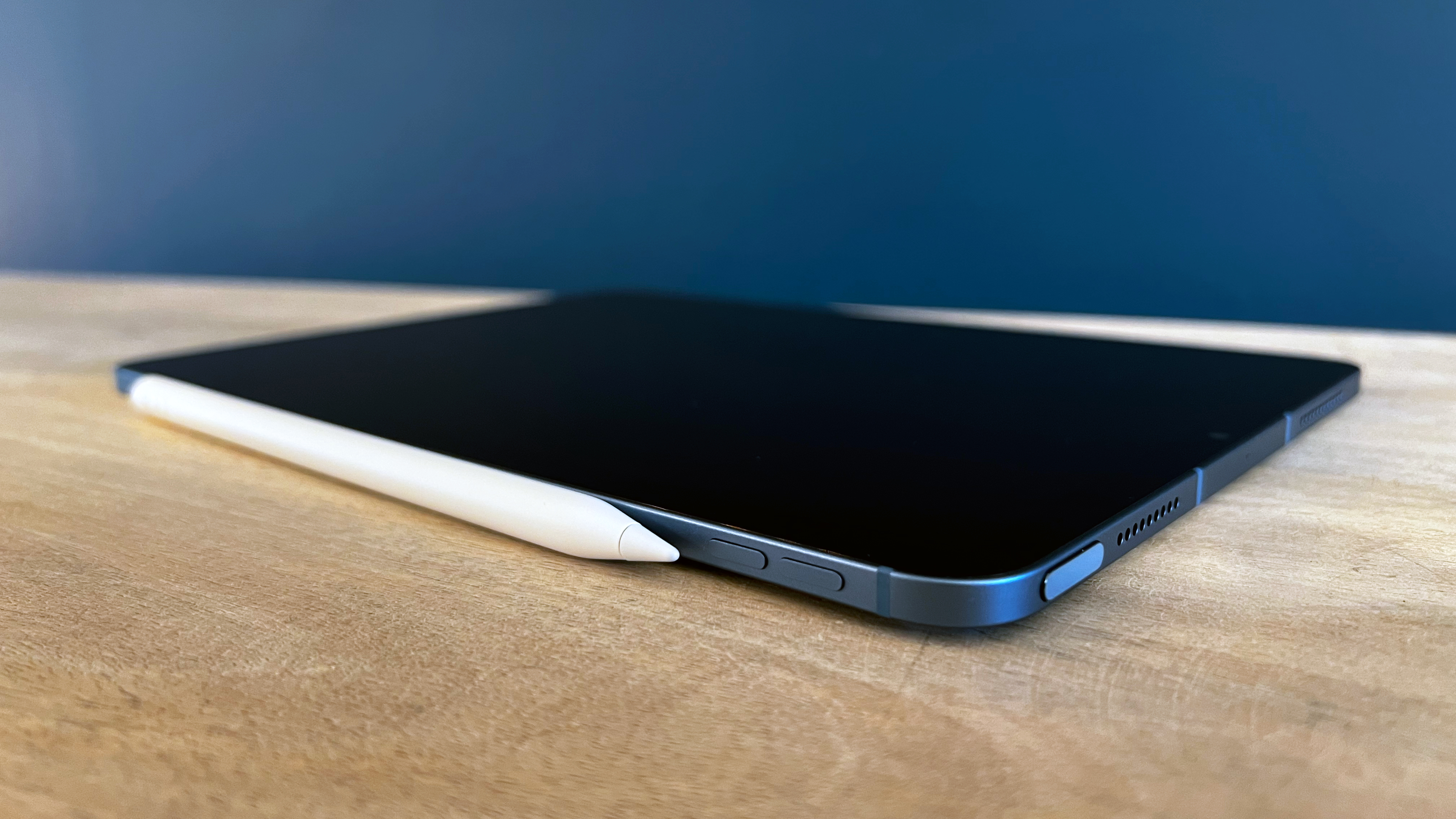
iPad Air (2022) review: Features & what's new
Apple hasn't changed a lot in the iPad Air 5, but the changes it has made are really significant in places.
The big headline is the M1 chip that powers it. This system-on-a-chip includes the processor, graphics, RAM, image processing for the camera and bunch of other smart stuff. It's the same chip that you'll find in the iPad Pro 12.9-inch (2021), the MacBook Air (M1, 2020) and even the MacBook Pro 13-inch (M1, 2021).
In terms of processing power, it's a fairly high-end beast, capable of handling everything from advanced video editing to fancy games. It has an eight-core processor, eight-core GPU and 8GB of RAM – so definitely enough to handle a bit of Netflix and browsing T3.
But this isn't like some PC tablet where you have to deal with droning fans and a hot lap: the iPad is still totally fanless, just as it's always been.
The front camera is another big change. You now have a 12MP sensors and an ultra-wide lens, with Apple's Centre Stage technology, which means the camera can follow you around if you move while on a video call. We'll get into that more later.
The other major change is the inclusion of 5G support, though this is optional, and most buyers will probably stick with the Wi-Fi model anyway. But if you want this to be a work machine, you can give it ultra-fast mobile connectivity, no problem.
The final change really worth noting is that the USB-C port is now USB 3.1 Gen 2, which means you get up to 20Gbps transfer speeds – again, this won't make a big different to everyone, but again hints at Apple making this an affordable portable tool for creatives.
When it comes to unchanged features, you've still got a 10.9-inch touchscreen with a high-resolution Retina display, plus support for Apple Pencil 2. There are stereo speakers at each end of the tablet when in landscape mode – we'll talk more about all of these in a moment.
Touch ID security on the lock button handles biometric security, and there's a space on the side to magnetically attach the Apple Pencil 2, where it also wirelessly charges.
As well as the USB-C port mentioned before, you've also got Apple's Smart Connector on the back, for attaching accessories such as keyboard cases.
The rear camera is a 12MP wide-angle cam, with support for 4K 60fps video too. There's no flash, unlike the iPad Mini 6, oddly.
iPad Air (2022) review: Screen & speakers
The iPad Air 5 has a 10.9-inch LCD LED screen with a resolution of 2360x1640 – at 264 pixels per inch, it's just as detailed as the screen in the iPad Pro models, and looks perfectly sharp at normal viewing distances.
You can get phones with higher pixel density, and the iPad Mini 6 also features even sharper pixels – but for the way you'll use this screen in practice, I've no problem at all with this resolution.
It's capable of vibrant, accurate colours thanks to its P3 wide colour gamut and 500 nits of brightness.
I said in my iPad Air (2020) review that I wished Apple would put a 600-nit screen in here, to match what even the iPhone SE is capable of. And I still wish that – comparing it to the 600 nits of the iPad Pro 11-inch reveals an immediately noticeable pop in richness and colour from the brighter screen, especially when watching movies.
But 500 nits is the norm for tablets – even the expensive Samsung Galaxy Tab S8 Ultra only reaches the same brightness as the iPad Air. But there's definitely an advantage if you go for the iPad Pro 11-inch – and even more so if you go for the 12.9-inch iPad Pro, because the mini-LED HDR display on that is capable of massive brightness and much truer black tones.
The iPad Air's screen is also 60Hz, which means it refreshes 60 times per second – unlike the iPad Pro, which features a 120Hz screen. Refreshing twice as often is especially useful for drawing with the Apple Pencil, because it means you see the results of your movement twice as quickly, which makes it easier to be accurate.
120Hz screens are also just more pleasant to use, with scrolling and other animations looking much smoother and clearer, because your brain is given twice as much visual information to work with.
However, again, most mid-range tablets are 60Hz and the Apple Pencil still works extremely well and feels responsive, so it's not a problem – it's just a reason some might choose to upgrade to the iPad Pro.
Overall, the screen here is great – clear, punchy and responsive.
The speakers are strong too. They're impressively clear for voice, whether that's in movies, music or audiobooks/podcasts. They also give a good stab at producing a full and balanced sound with a bit of bass impact. Obviously, a proper speaker or headphones gives you more, but you can happily listen from the iPad and not feel like you're losing half the sound.
They do a good job with the stereo effect too, when held in front of you – there's a real sense of separation and effects positioning in movies particularly.
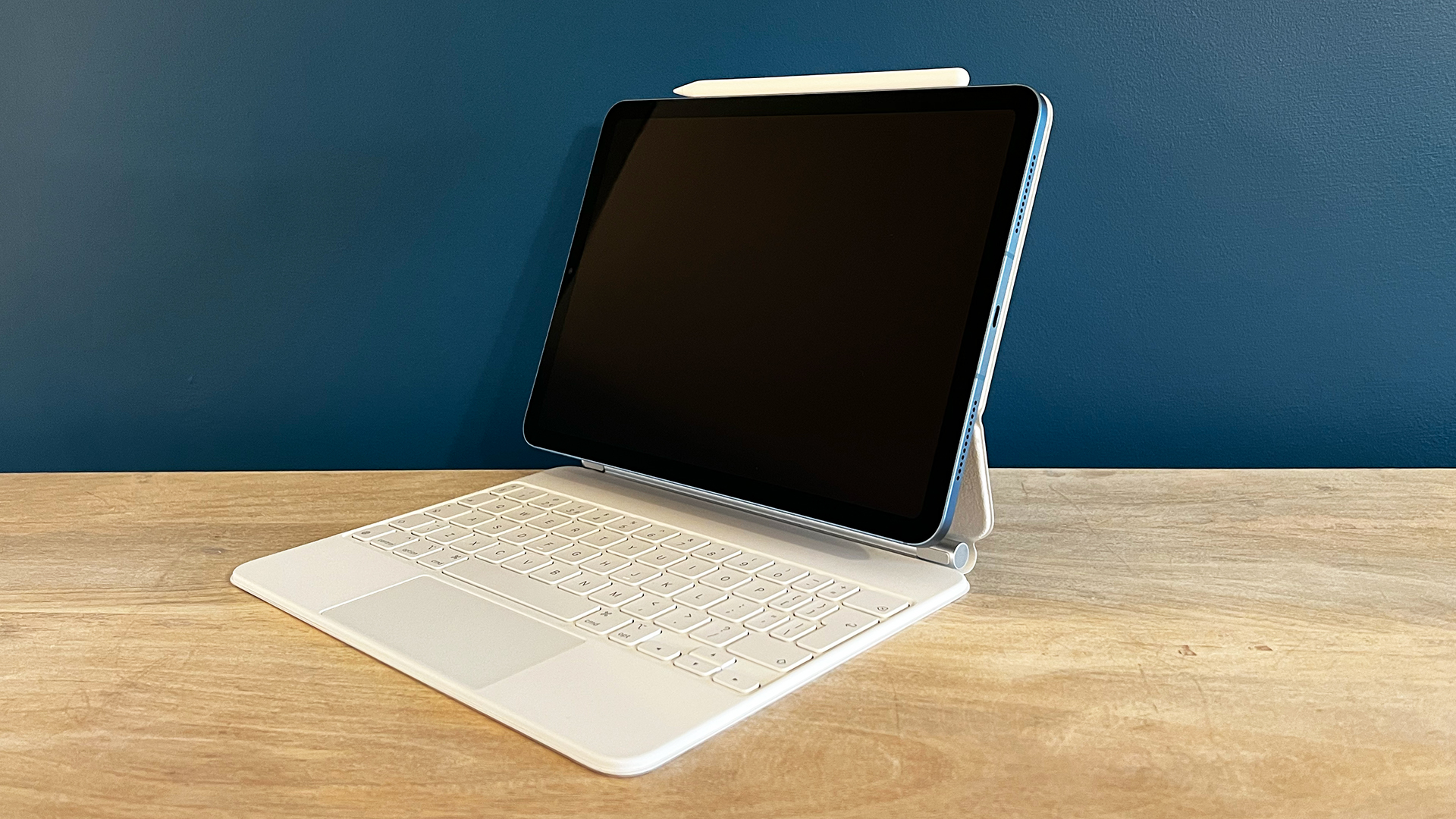
iPad Air (2022) review: Performance & battery
The iPad Air's M1 chip is fairly ridiculous when it comes to overall performance for a tablet. With its eight processor cores, eight graphics cores and 8GB of RAM, we know this chip is screamingly fast for something that doesn't even need fans to cool it – and that's no different here.
In synthetic benchmarks as well as real tests, it's just as fast as the M1 in the iPad Pro in my experience. In Geekbench 5, it scores 1713 for single-core performance, and 7274 for multi-core – these are right in line with the iPad Pro, and are both higher than you got from the last eight-core Intel Core i9 MacBook Pro that Apple released… in a tablet costing under £600/$600.
Everything I tried on the iPad Air happened without a single stutter. Scrolling a big image library is totally smooth, zooming into a huge picture at 100% is responsive all the way under the fingers, applying increasingly complex layers of effects makes the change without any pause for thought.
I edited and tweaked 4K video, I opened big illustration files with over a hundred layers… nothing made it break a sweat.
Really, the M1 is more power than the vast majority buying the iPad Air will need – but equally, there's nothing wrong with having the room to grow, since there are so many great creative app options available on iPad. The iPad Air can handle whatever you decide to get into, as long as there's an app that lets you do it.
For those with ambitions to use it as a laptop replacement, though, the issue may be more the software than the hardware. Despite continual improvements to multitasking and file handling, it's still so much more fiddly to build a workflow for handling files than it is on desktop. It's partly down to iPadOS itself and its reliance on the 'Share' menu for so many things, which is groaning under its own convoluted weight at this point, and it's partly down to apps themselves offering more basic file selection and handling, in a way that can exacerbate the existing issues.
However, the flip side is that iPadOS' user-friendliness in other ways has made it a home for all kinds of excellent apps that are tuned for a touchscreen of this size. You can get into video editing, synth music making, drawing, animation, book design, photo editing and a million other things, partly because apps don't present you with a wall of inscrutable options, as so many desktop versions do. And the iPad family is a million times better for all this than Android.
The battery is the one performance area where the iPad Air concerned me a little, though not majorly. Apple says that you'll get its usual 10 hours of light web browsing or watching video offline – and my experience is that you generally will get that, but whereas generally with iPads you also get time to spare beyond that, that's not so much the case here.
With streaming video (from the Apple TV app) at full brightness, I chewed through 20% per hour – so definitely don't expect close to 10 hours from that. And if you're doing something like high-end gaming that will push the M1 chip hard, you'll also see a major drop in longevity.
iPad Air (2022) review: Cameras
The front camera on the new iPad Air is the interesting change this year, because you now get a 12MP ultra-wide lens that uses Apple's clever Centre Stage tech.
What this does in compatible video apps is use image processing to identify your face, then crops into the ultra-wide image to just show a good framing of your head and shoulders. The smart part is that if you move about, the camera 'follows' you, as long as you're still in the 122° view of the ultra-wide-angle lens – it just smooth shifts its view so you're always in frame.
If there are two people around, it creates a wider frame so you're both visible. If one person enters the view, it'll do this on the fly, 'zooming out' in effect.
It's really handy, because it means there's no more trying to get yourself centred in the frame for a work call – it's handled for you. You can shift seating position to get more comfortable and you know you haven't dropped off the bottom or poked out the top of frame. It's small, but really nice.
The quality of the front camera is decent too – it's not the most detailed, but it has no problem picking up enough light to present a clear and well balanced image.
The rear camera hasn't significantly changed – it's still a 12MP sensor with ultra-wide lens. In this model, you get improved image processing from the M1 compared to the A13 chip in the older version, but there's nothing transformative.
In bright light, it's clear, handles contrast very well, and delivers great detail. In indoor lighting, it softens and gets noisier in block colours pretty easily. There's still clarity and detail, but it loses a lot of sharpness.
There's no flash here, oddly, so you can't even do much about this. The iPad mini has a flash, the iPad Pro has a flash… but not the Air.
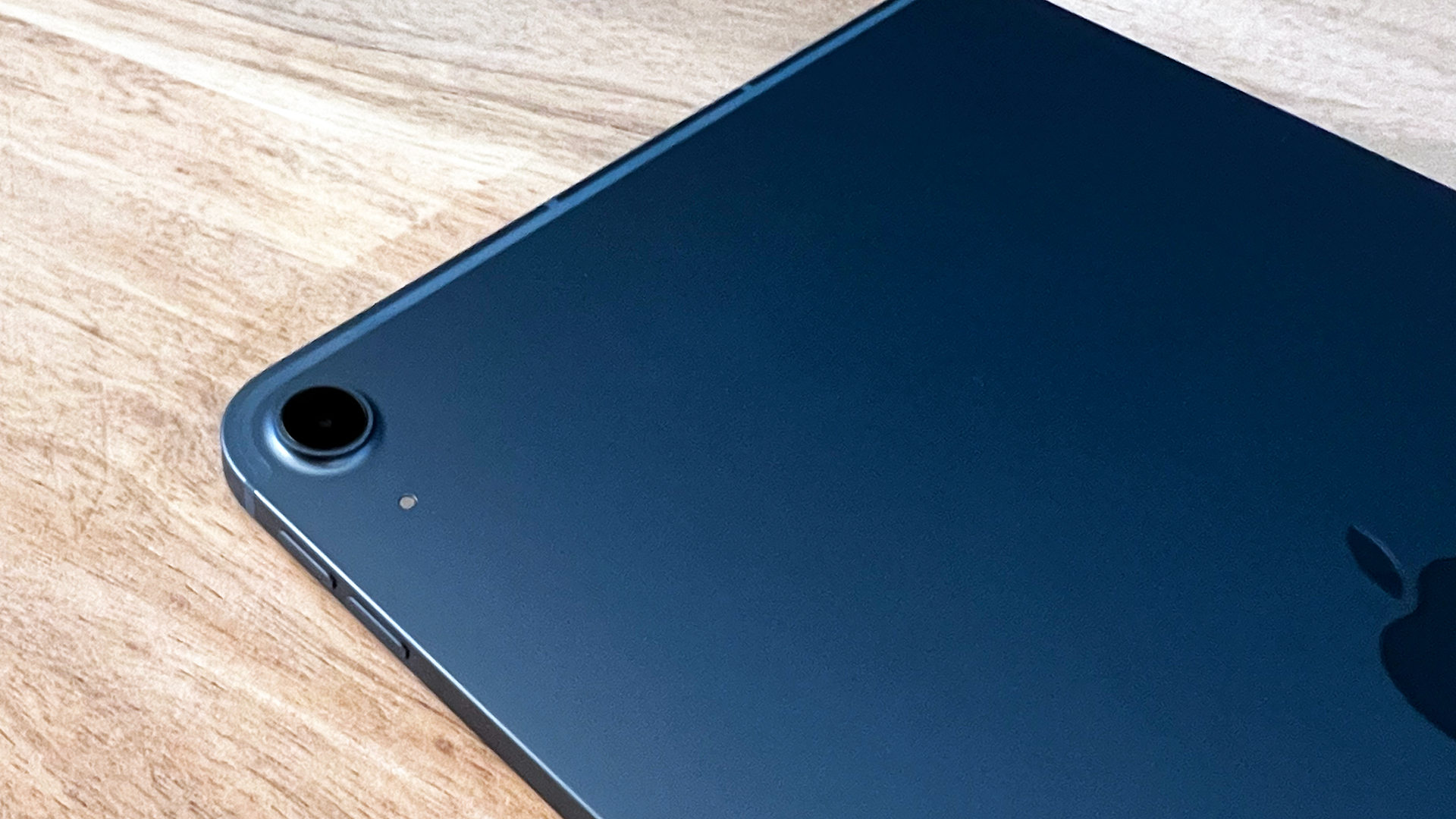
iPad Air (2022) review: Design
The iPad Air 5's exterior design hasn't changed… really, at all. It's available in different colours (Space Grey, Starlight, Pink, Blue and Purple), but after the huge redesign it had last time, Apple has left it physically the same, and that's all good with me.
It's still a gorgeous and sleek object in the hand. The front is all black glass, with the screen not quite edge-to-edge – but that's good in a tablet, I think, because having a little bezel to hold it without encroaching on the touchscreen is good.
The flat sides and back all aluminium, in whatever colour you've chosen, giving it a huge splash of personality compared to most computing devices (though colourful finishes are becoming more and more common, thankfully).
At 248x179x6.1mm and 461g, it's easy to hold in one hand – though if you're using it as an e-reader without resting it on something, there's no question the iPad Mini would be easier on the arms.
The camera lens juts out of the back, but when you place it flat on a table, there's still basically no wobble – it's no problem to draw on it on a table without a case.
iPad Air (2022) review: Verdict
The new iPad Air is an F1 car disguised as a nice mid-range saloon. It's a practical, portable tablet with a great screen and speakers, hiding a processor that's capable of meeting even pro needs.
Few people who buy the iPad Air will ever push the M1 hard, but it's not like Apple has raised the price here – it'll do all the basic jobs perfectly, and then if ever get more ambitious, you'll know it can handle it.
It's a bit of a shame that the screen is still 60Hz, because certainly the processor can handle 120Hz, and it's a more pleasant experience even outside of using Apple Pencil. And it'd be nice to have stronger camera performance indoors. But I don't consider these dealbreakers – for the majority of people, this is the best tablet on the market.
iPad Air (2022) review: Also consider
For basic use, the iPad 10.2-inch (9th Gen) provides plenty of speed and all the same apps for a lot less money. It's an older and more basic design, the screen isn't quite as nice, the camera is more basic, and there are some other features it lacks – but it's still a great machine if your focus is basic browsing/apps/videos/games. Here's our full iPad 10.2-inch (9th Gen) review.
The big question for those with ambition is whether to get the iPad Pro 11-inch instead. Both options have the M1 chip, both with effectively the same-size screen, both with the same design – but the iPad Pro offers better rear cameras, a brighter screen with 120Hz support, and more capacity options. It's more expensive than the iPad Air overall, but the two are very close in price if you're looking at the 256GB iPad Air versus the 128GB iPad Pro 11-inch – it's a tough decision!
And for an equivalent Android tablet, you should look to the Samsung Galaxy Tab S8. It features a screen of the same size, but includes 120Hz support, and comes with a stylus in the box, plus 128GB of storage as standard. It's a bit more expensive than the iPad Air as a result, but is very good value as a package. The problem is that Android still just isn't as suited to tablet use as iPadOS is , and lacks the wide range of apps designed for the big screen.
Sign up to the T3 newsletter for smarter living straight to your inbox
Get all the latest news, reviews, deals and buying guides on gorgeous tech, home and active products from the T3 experts
Matt is T3's former AV and Smart Home Editor (UK), master of all things audiovisual, overseeing our TV, speakers and headphones coverage. He also covered smart home products and large appliances, as well as our toys and games articles. He's can explain both what Dolby Vision IQ is and why the Lego you're building doesn't fit together the way the instructions say, so is truly invaluable. Matt has worked for tech publications for over 10 years, in print and online, including running T3's print magazine and launching its most recent redesign. He's also contributed to a huge number of tech and gaming titles over the years. Say hello if you see him roaming the halls at CES, IFA or Toy Fair. Matt now works for our sister title TechRadar.
-
 Polar’s new subscription feature lands in the shadow of Garmin’s Connect+ rollout
Polar’s new subscription feature lands in the shadow of Garmin’s Connect+ rolloutPR genius or timing disaster? Polar’s new Fitness Programme adds adaptive training to its ecosystem
By Matt Kollat Published
-
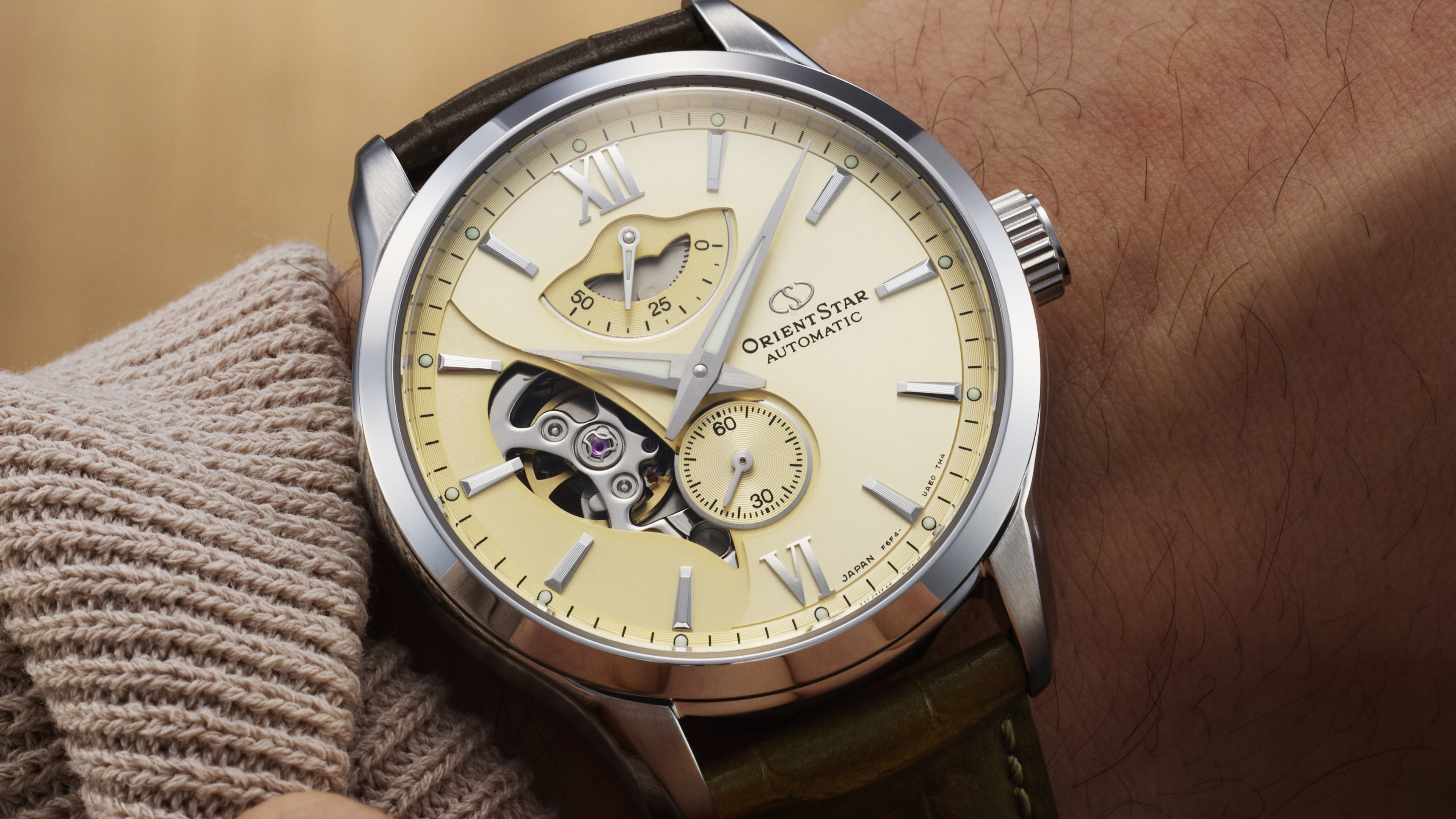 New Orient Star watches offer a glimpse of the magic within
New Orient Star watches offer a glimpse of the magic withinThere are two new skeleton pieces
By Sam Cross Published
-
 Netflix's most surprising 100%-rated sci-fi series returns with gorgeous trailer
Netflix's most surprising 100%-rated sci-fi series returns with gorgeous trailerLove Death + Robots is back for more
By Max Freeman-Mills Published